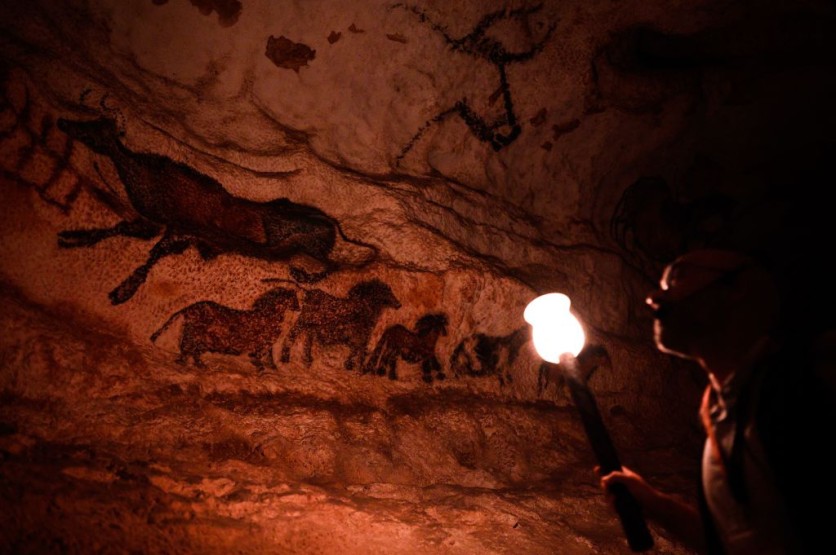Animation has gone a long way throughout the years. From the classic black and white cartoon to the highly-detailed 3D animated films, it has become an engraved mark in the entertainment industry.
But animation may not have started in black-and-white cinema. They may have started in caves, stones, and even vases.

Odd Animals and The Burnt City
A team of archaeologists recently discovered a plethora of stone engravings depicting odd animals with melded bodies.
They used 3D models and virtual reality software to revive these ancient drawings and claim that it could be an indication of the earliest form of animation since it represents animals in motion when viewed using a fire, according to a report by ScienceAlert.
Another illustration was found in Shahr-e Sukhteh, a historical monument in southeast Iran known as the "Burnt City," blanketed in ash and dust.
In five consecutive photos, the horned goat leaps up to devour leaves from a tree that could be the Assyrian tree of life. The vase was discovered in 1967, but archaeologists didn't realize the designs were a collection of images until much later.
The clay vase, which is on exhibit at the National Museum of Iran, has been dated 5,200 years old, and some have speculated that it might be one of the first animation examples.
Leila Honari, a Persian animator and art scholar at the University of Griffith in Australia, wrote in the journal of Animation Studies in 2018 that early humans may have been fascinated by animal movements for centuries that they have engraved them in a series of sequential images.
In France, the Grand Panneau of the Salle found in the Chauvet Cave depicted drawing horses, bison, lions, and other animals running. The illustrations are believed to be around 32,000 years old.
Archaeologists also found panoramic scenes in limestone walls highlighting supernatural beings with a buffalo. According to ScienceAlert, it is believed to be the most ancient story ever discovered.
The Grandeur of Ancient Illustrations
Despite the grandeur of these ancient illustrations, Honari claims that the Burnt City's goblet shows the artist's skill in conceptualizing a set of pictures as a movement sequence, which traces the early forms of animation.
"The ancient potter created 'key frames' that contain a very basic level of now-classic animation principals such as squash and stretch, anticipation and even timing and spacing," Honari wrote in a paper published in the journal of Animation Studies in 2018.
Split-motion drawings have also been used for a very long time to depict moving body parts, according to ScienceAlert. Similar to the stone etchings discovered recently, these art pieces superimpose animal forms that initially seem to have excessive heads or legs.
Although it is still contentious whether these ancient drawings are the oldest forms of animation, they still illustrate that early humans have always had a penchant for the arts that ultimately flourished into the highly-advanced 3D animation films we enjoy now.
Related Article : Archaeologists Find an Extremely Rare 1,300-year-old Gold and Gemstone Necklace From a Medieval Woman in England





